Neural Network Embedding: A Beginner’s Guide
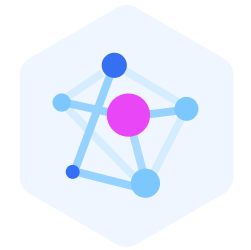
Neural Network Embedding: A Beginner’s Guide
Want to know how machines understand text, images or graphs? Neural network embedding is the answer. This technique converts complex data into numerical vectors so machines can process it better. In this post we’ll cover what neural network embedding is, its types and how it impacts various AI tasks.
Key Takeaways
Neural network embeddings turn real world objects into numerical vectors so machines can process complex data in machine learning applications.
Types of embeddings (text, image, graph) for different data forms and dense vector representations to improve model performance.
Embeddings make high dimensional data more efficient and represented but one hot encoding inefficiencies and task specific implementation required.
What is Neural Network Embedding?
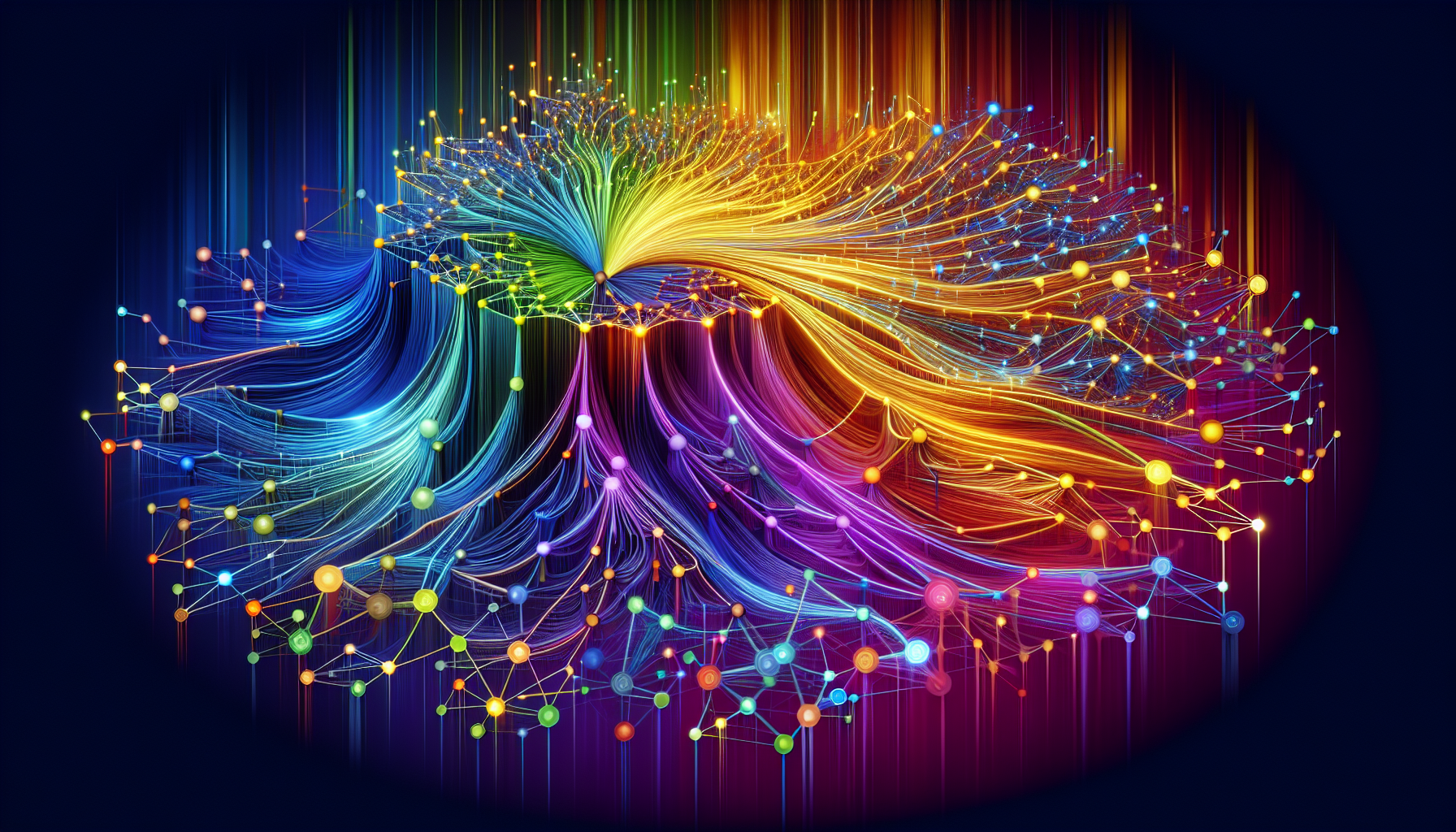 An illustration depicting the concept of neural network embedding.
An illustration depicting the concept of neural network embedding.
Neural network embeddings are a fascinating concept. Essentially, vector embeddings represent objects in an n-dimensional space that computers can relate to. This transformation of real-world objects into complex mathematical representations captures their inherent properties and relationships, making it easier for machine learning algorithms to process complex data.
Embeddings convert non-numerical data into numerical vectors, allowing machine learning models to interpret this data accurately. The proximity of embedding vectors to each other in this multi-dimensional space determines the similarity of the objects they represent, allowing algorithms to understand and manage complex relationships. Put simply, vectors that are nearest to each other are semantically similar.
The Role of Embedding Layers
Embedding layers transform input data into dense vector representations. This transformation allows for efficient representation and manipulation of high cardinality features, such as categorical variables. Representing these variables in a continuous vector space helps reduce memory usage and improve model performance.
Embedding layers are used in various neural network architectures, including CNNs, LSTMs, and RNNs. This versatility enables the creation of compact representations that enhance model performance and efficiency.
Types of Embeddings in Neural Networks
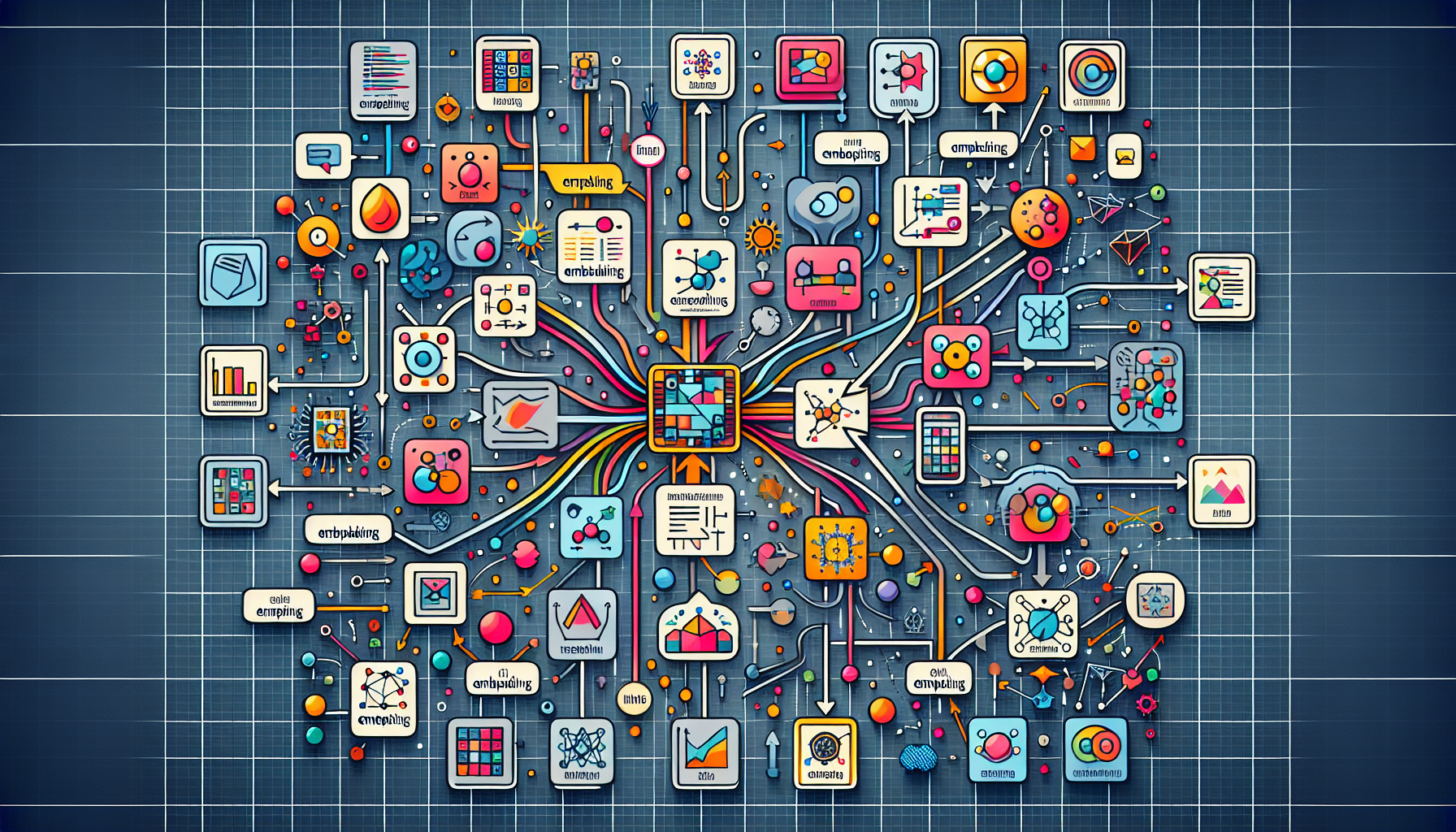 A visual representation of different types of embeddings in neural networks.
A visual representation of different types of embeddings in neural networks.
Embeddings come in various forms, each tailored for specific types of data. The primary types include text embeddings, image embeddings, and graph embeddings. Each type serves to translate different forms of raw data into a numerical format that neural networks can efficiently process and analyze.
Text Embeddings
Text embeddings, often referred to as word embeddings, are vector representations of words that capture their semantic relationships. Popular models like Word2Vec and GloVe transform words into fixed vectors based on their meanings, allowing for improved natural language processing. For instance, Word2Vec uses a two-layer neural network to output n-dimensional coordinates, making words used in similar contexts have closer vector representations.
Advanced models like BERT generate contextual embeddings by considering a word’s context within a sentence. Consequently, the same word can have different embeddings based on its usage, allowing for a more nuanced understanding and processing of language.
Image Embeddings
Image embeddings are created using convolutional neural networks (CNNs), which convert images into dense vector representations. These embeddings capture the visual features of images, making them useful for tasks like object detection and image classification. Translating visual information into numerical data enhances the accuracy and efficiency of machine learning models in interpreting images.
For example, in facial recognition, image embeddings map facial features into a continuous vector space, enabling accurate and efficient matching of faces across different images. This transformation from raw data to dense vectors is what makes image embeddings so powerful in visual tasks.
Graph Embeddings
Graph embeddings translate the complex structures of graphs into continuous vector forms, simplifying tasks such as link prediction and node classification. These embeddings capture the relationships and features of individual nodes within a graph, making it easier for machine learning algorithms to process and analyze graph data.
Converting graph structures into continuous vector representations simplifies the analysis of complex networks, such as social networks or molecular structures, enabling more efficient and accurate processing of graph data.
Creating Embeddings: Techniques and Methods
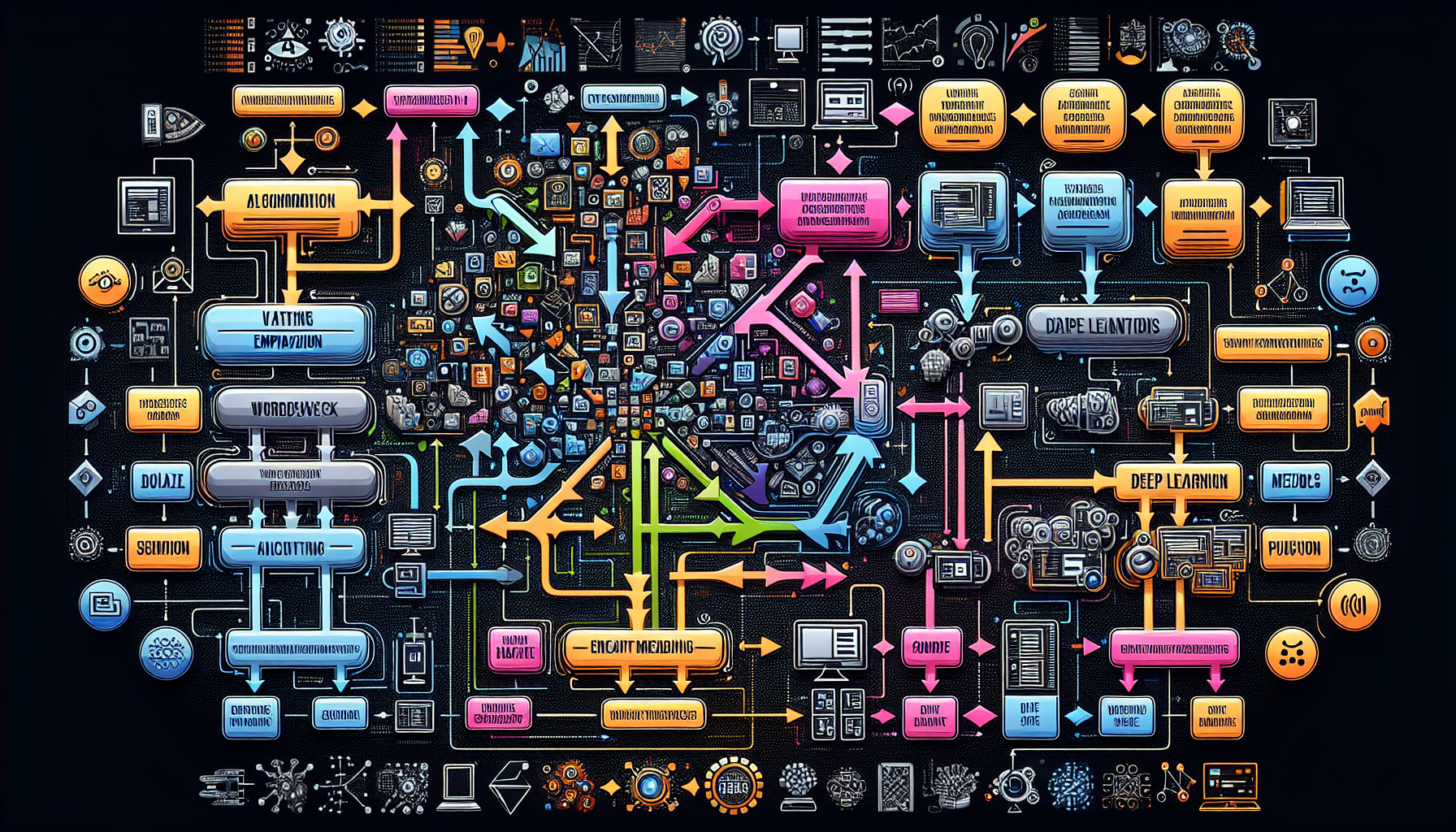 An illustration showing techniques and methods for creating embeddings.
An illustration showing techniques and methods for creating embeddings.
Creating embeddings typically involves training neural networks to encode input features into vectors. A common approach is to use a supervised learning task where the training process indirectly generates embedding vectors. For example, in nlp, training a model on a large corpus of text can produce word embeddings that capture semantic relationships between words.
Self-supervised learning methods have also proven effective in generating embeddings, especially for recommendation tasks with limited data. Graph-based techniques like node2vec leverage the structural relationships within graphs to create embeddings that improve recommendations in complex networks.
These methods demonstrate the versatility and power of embeddings in various machine learning tasks.
Dimensionality Reduction and Embedding Space
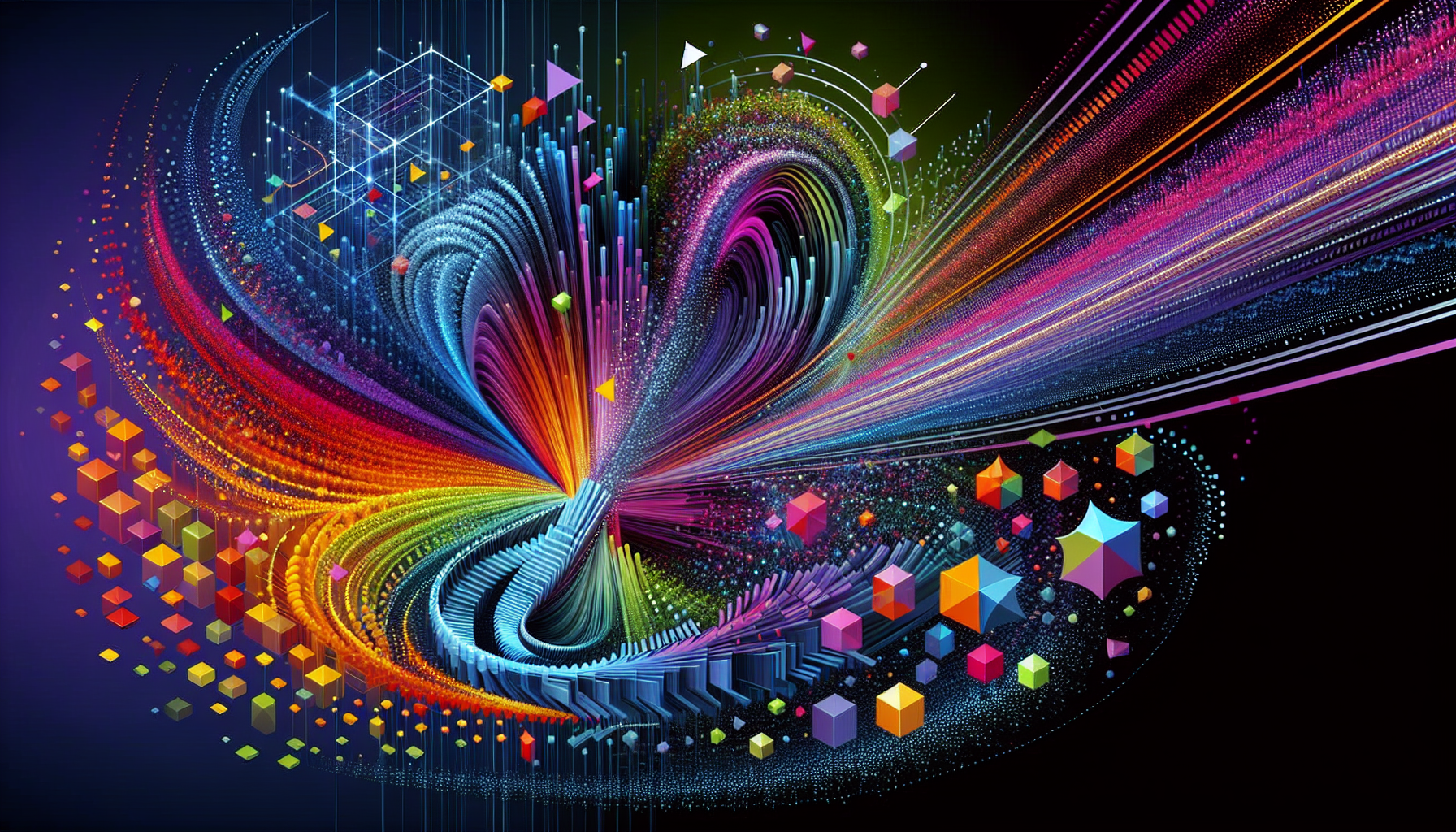 A diagram illustrating the concept of dimensionality reduction in embedding space.
A diagram illustrating the concept of dimensionality reduction in embedding space.
Dimensionality reduction techniques manage high-dimensional data in embeddings. Neural network embeddings reduce this dimensionality, making it more manageable for machine learning algorithms. Embedding layers convert high-dimensional input data into more compact forms, retaining essential features while eliminating noise.
Techniques like Principal Component Analysis (PCA) and Singular Value Decomposition (SVD) are commonly used for dimensionality reduction. PCA compresses data into a smaller number of dimensions, creating embeddings that retain most of the original variance. SVD factorizes matrices of user-item interactions to form embeddings. Other methods like t-SNE and UMAP excel in preserving local and global structures, respectively, providing rich insights into the embedding space.
Reducing dimensionality helps prevent overfitting by simplifying the model, making it more generalizable. Additionally, these techniques enable the visualization of high-dimensional embeddings in lower dimensions, aiding in understanding relationships within the data.
Applications of Neural Network Embeddings
Neural network embeddings have diverse applications. In recommendation systems, embeddings translate user and item IDs into low-dimensional vectors, improving the accuracy of personalized suggestions by making it easier for algorithms to find patterns and relationships within the data.
In retrieval augmented generation, embeddings help to find data from a knowledge base that can be passed to the LLM to generated an accurate answer.
Semantic similarity analysis is another area where embeddings excel. By measuring the closeness of meaning between words or phrases, embeddings facilitate natural language processing tasks such as text classification and sentiment analysis, showcasing their versatility and impact across various domains.
Visualizing Embeddings
 A visualization of embeddings in a two-dimensional space.
A visualization of embeddings in a two-dimensional space.
Visualizing embeddings is essential for understanding relationships and patterns within high-dimensional data. Techniques like PCA and t-SNE project complex datasets into lower-dimensional spaces, making it easier to interpret and analyze the data.
These visualization techniques reveal clusters and structures within the embedding space, providing valuable insights into how the data is organized. This understanding can inform further model development and optimization, enhancing the performance and effectiveness of machine learning models.
Challenges and Limitations
While embeddings offer numerous advantages, they also have challenges and limitations. One-hot encoding generates extensive and sparse datasets, making it inefficient for high cardinality categorical variables. This method also fails to capture relationships among categories, leading to suboptimal representations.
Scalability issues arise when using traditional models with one-hot encoding, as they may struggle with extensive feature sets and high-dimensional data. Embeddings address these issues by providing more efficient representations of categorical variables, placing similar categories closer together in a dense vector space.
Creating effective embeddings requires careful consideration of the specific task and data characteristics.
Future Trends in Embedding Models
The future of the embedding model is bright, with ongoing advancements promising even more powerful and efficient techniques. Future models of large language systems are expected to increase in size and improve operational efficiency through methods like model pruning and quantization, enhancing the performance and scalability of embeddings.
Enhancements in contextual comprehension will allow models to maintain coherence and grasp subtleties like sarcasm over extended interactions. Research is also focused on creating methods to detect and reduce biases in large language models, ensuring their ethical use as capabilities expand.
Hybrid models that combine the strengths of large language models and retrieval-augmented generation (RAG) are anticipated to provide more accurate and context-aware responses.
Summary
In summary, neural network embeddings are a powerful tool in the field of artificial intelligence. They convert real-world data into numerical vectors, enabling machine learning models to process and understand complex information. From text and image embeddings to graph embeddings, these techniques have a wide range of applications in various domains.
The future of embeddings looks promising, with ongoing advancements enhancing their efficiency and effectiveness. As we continue to explore and develop new embedding models, the potential for AI to transform our world grows ever greater. Embracing these technologies will pave the way for new innovations and breakthroughs in artificial intelligence.
Frequently Asked Questions
What are neural network embeddings?
Neural network embeddings represent objects as vectors in an n-dimensional space, allowing for efficient processing of complex data by machine learning models. They serve as a powerful tool to capture relationships and features in the data.
How do embedding layers work in neural networks?
Embedding layers convert categorical input data into dense vector representations, improving the efficiency and performance of neural networks. This transformation allows the model to capture semantic relationships within the data.
What are some common types of embeddings?
Common types of embeddings are text embeddings, image embeddings, and graph embeddings. Each type serves distinct purposes in their respective fields.
How are embeddings created?
Embeddings are created by training neural networks to convert input features into vectors, utilizing either supervised or self-supervised learning techniques. This process effectively encodes information in a structured format that is useful for various machine learning tasks.
What are some applications of neural network embeddings?
Neural network embeddings are effectively used in recommendation systems, facial recognition, and semantic similarity analysis. These applications leverage the ability of embeddings to capture complex patterns and relationships in data.
- Key Takeaways
- What is Neural Network Embedding?
- The Role of Embedding Layers
- Types of Embeddings in Neural Networks
- Creating Embeddings: Techniques and Methods
- Dimensionality Reduction and Embedding Space
- Applications of Neural Network Embeddings
- Visualizing Embeddings
- Challenges and Limitations
- Future Trends in Embedding Models
- Summary
- Frequently Asked Questions
Content
Start Free, Scale Easily
Try the fully-managed vector database built for your GenAI applications.
Try Zilliz Cloud for Free